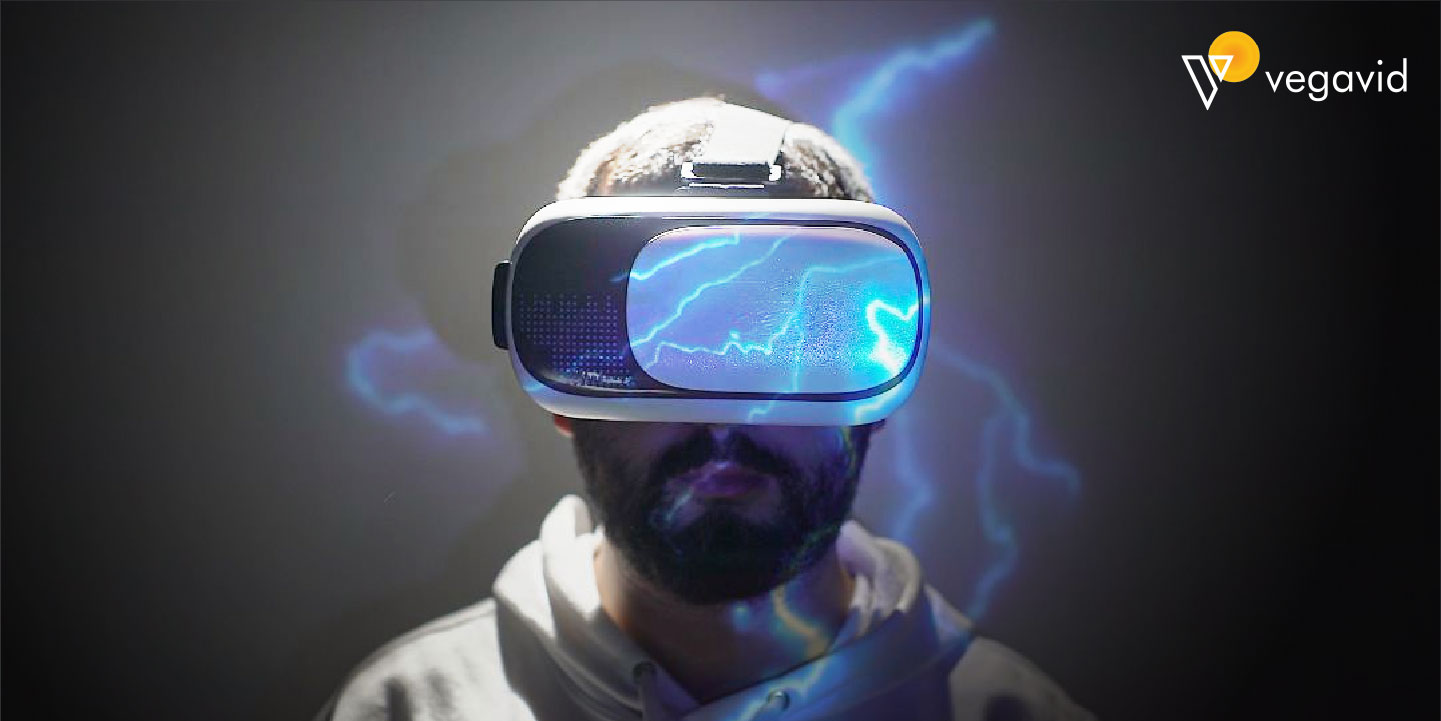
The concept of interactive digital worlds generally called the metaverse, has generated large hype in recent times. Major technology gamers are pouring billions into building immersive digital areas that mimic the actual international. While the metaverse remains in its early degrees, its potential to radically disrupt and rework various industries is gigantic. One such enterprise that stands to benefit noticeably is journey and tourism. In this weblog, we can explore how the metaverse can form the destiny of a tour using discussing its key advantages to the tour industry in addition to actual-world use instances. We may even take a look at how it can affect future travel behaviors and trends.
Travel Industry Benefit from the Metaverse?
Here are the Travel Industry Benefits from the Metaverse:
Promoting the purchase of virtual tourism
The metaverse provides travel groups the possibility to sell digital tourism and force ability actual-world purchases. Through digital twins of locations, sights, and homes, tourists can explore locations in shiny detail from the comfort of their homes earlier than booking a real journey. This permits tourism boards and tour manufacturers to market whole locations in immersive virtual environments.
Visitors can immerse themselves in 360-degree movies, interactive scenes, and simulated sports to get an experience of what each area is honestly like. After gaining first-hand virtual stories, travelers may be extra informed and possibly convert to actual purchases. They can see all a place has to provide with no tour prices initially. This lowers the barrier to discovery and suggestion. The metaverse for this reason acts as a powerful promotional tool for travel providers to elevate recognition, attention, and finally sales of virtual and actual-lifestyles tourism offerings.
Streamlining the booking procedure
The metaverse can significantly streamline the tour booking approach. With virtual stores, shops, and record booths set up in the metaverse, vacationers can discover excursion spot options, take a look at expenses and availability, have a look at reviews, or even ebook trips with just a few clicks. All the research and transactions can be performed seamlessly within immersive 3-D environments at the same time as not having to exchange between precise journey websites and apps. This centralized experience gets rid of numerous tedious offline steps currently worried about planning a vacation. It empowers travelers with an extra accessible one-prevent platform to browse options, examine offers, and book end-to-quit journey arrangements in a simplified virtual interface. This streamlined system is predicted to increase booking conversions and keep time for every traveler and tour brand. It creates a greater efficient virtual reserving circuit inside the metaverse.
Growing number of bookings
As virtual experiences and transactions in the metaverse turn out to be extra sensible and ubiquitous, the journey industry expects a developing range of bookings to originate from the metaverse. Over time, digital journeys, excursions, and events could power as many real-world reservations as conventional online and offline advertising do nowadays. As humans spend greater leisure time in immersive digital spaces and worlds, they may probably rely on the metaverse to not simplest find new destinations but also book actual holidays. This ought to open a completely new frontier of digital word-of-mouth and primary-hand reports powering real journey income. As such intermediary systems are subtle, travel organizations count on an upward push within the volume of metaverse-inspired bookings marking a widespread paradigm shift for the enterprise.
Use Cases of Metaverse in Travel
Here are some use cases of metaverse in travel:
Online attractions
The metaverse opens new opportunities for points of interest and parks to interact with virtual traffic. Popular destinations can fully recreate sections of their premises in immersive 3D environments. For instance, zoos may additionally develop virtual habitats in which humans can take a look at animals in sensible simulations. Museums can remodel man or woman show-off halls into metaverse galleries with targeted descriptors and interactive factors.
Amusement parks can provide users with a preview of thrill rides through first-character VR sequences. This lets global audiences experience renowned points of interest from anywhere without travel. Virtual tickets can even be bought for such metaverse well-known shows. The digital replicas power hobby at the same time as promoting the authentic physical sites. As the generation advances, those digital attractions should feel almost indistinguishable from their real-global opposite numbers.
Airports and train stations
Airports and train stations around the world are exploring opportunities to beautify passenger reports through the metaverse. These transportation hubs may want to characteristic virtual lounges in which travelers can loosen up, play video games, and get actual-time site visitors updates on their upcoming flights or trains. Shops and restaurants can also set up virtual stalls to sell offers. Automated statistics booths can offer instructions, and real-time gate and platform adjustments via interactive interfaces.
Metaverse packages can streamline capabilities like check-ins, making reservations, and getting help. This reduces physical crowding and wait times. For layovers, the metaverse turns into a virtual playground for passengers to remain engaged really. The possibilities help beleaguered transportation sectors enhance sales and rework in any other case mundane transit instances into interactive virtual activities.
VR travel
VR travel allows people to virtually visit different destinations from the comfort of their homes. Using VR headsets and interactive simulations, travelers can immerse themselves in meticulously recreated landscapes and attractions. They can walk down streets in Rome, hike up mountains in Switzerland, or enjoy the beaches in Bali through photorealistic 360-degree videos. Some applications even permit direct control over movements to simulate the first-person experience of actually being present in another country.
Such realistic virtual trips pique wanderlust while educating people about diverse global cultures and cuisines. As the VR graphics improve close to reality, more people will opt for these cost-effective explorations before selecting their next vacation spots. VR tourism thus drives real travel interest and planning by letting users preview destinations in an immersive virtual format.
Planned window shopping
The metaverse opens opportunities for destinations to transform their high streets into immersive virtual marketplaces. Digital replicas of popular shopping districts allow window shoppers from worldwide to browse stores virtually. Whether it’s London’s Oxford Street or Tokyo’s Ginza, these shopping ecosystems in the metaverse let visitors explore stores at their own pace, see product displays, check pricing, and make virtual purchases. Such pre-planned shopping experiences help travelers customize upcoming itineraries and budgets. They can research must-buy local items, plan meal options from restaurant menus, and get customized recommendations. This promotes small businesses to global virtual audiences. It also allows tourism boards to track shopping habits and preferences to better understand and convert virtual window shoppers into real visitors.
Historical travel
One of the most exciting use instances of the metaverse for tours could be historic tourism via virtual reality. Many historical websites around the world do not exist or lie in ruins these days. The metaverse gives a unique possibility to digitally reconstruct such places via virtual replicas created through the use of images, design plans, archeological facts, and different ancient information.
Visitors might be capable of immersing themselves in complete-scale interactive virtual environments that carry ancient cities, temples, palaces, and battlefields back into existence. They can enjoy first-hand what it was like to stroll down the streets of Pompeii earlier than the volcanic eruption or tour the structures and monuments as they have been all through the reign of numerous empires. Such vibrant digital realities can spark wonderful hobbies in history and make studying ancient civilizations an engaging revel. Historical travel through the metaverse accordingly opens new vistas for instructional, cultural, and history tourism.
Electronic trade shows
One area that can benefit immensely from the metaverse is virtual trade shows and conferences. The global meetings and events industry was severely impacted during the pandemic as most in-person events were canceled. The metaverse offers an innovative alternative to host large exhibitions, seminars, and networking forums in a fully immersive digital space. Participants will be able to attend from anywhere using VR headsets. Virtual trade show booths will allow companies to showcase their products and services. Real-time interactive features can facilitate demonstrations and discussions.
3D environments will provide the opportunity to explore exhibition halls and visit individual stalls. Important collaborations and deals can be negotiated over virtual meet-ups. Virtual conference halls make it possible to have keynote speeches, panel discussions, and Q&A sessions with a global audience. Electronic trade shows in the metaverse thus promise to revolutionize the way businesses connect and thrive in a globalized digital economy.
How will the Metaverse Affect Travel?
The metaverse has the potential to significantly impact travel behaviors and trends in the future. As virtual travel experiences continue to improve through advances in VR/AR technologies, they may satisfy the travel needs and curiosity of some people without the need for actual physical trips. This could potentially reduce unnecessary tourism in overcrowded destinations as virtual alternatives become more realistic.
However, it may also expose new areas to tourism development by activating interest in lesser-known regions through virtual exploration. The metaverse may prompt higher spending on travel as people supplement real trips with virtual experiences. But it could also make last-minute travel more spontaneous if destinations can be explored virtually on short notice. On the other hand, the intrinsic human need for real social interactions is unlikely to be replaced completely. The metaverse will continue driving actual travel more than replacing it.
The metaverse is expected to profoundly change how travelers plan, book, and experience their trips in the future. Advanced virtual planning tools can help optimize itineraries by simulating full trips end-to-end before arrival. Real-time navigation assistance through mixed reality devices may reduce confusion and delays at airports, train stations, etc.
Automated translation can improve communication overseas. Immersive destination marketing will lead to higher returns on investment for tourism boards. The lines between physical and virtual trips may also blur as remote participation in events through the metaverse feels seamlessly connected to in-person experiences. While many uncertainties remain, the metaverse could make travel smarter, easier, and more inclusive for all.
Conclusion
The metaverse promises to revolutionize the travel and tourism industry by augmenting physical experiences with engaging virtual alternatives. It opens up new opportunities for promotional campaigns, seamless bookings, virtual exploration of destinations, and immersive community interactions. While virtual travel may satisfy some immediate travel needs, the intrinsic human desire to engage with new cultures and places in real life is unlikely to fade completely. The metaverse will likely drive more actual trips by stimulating interest and optimizing planning. Overall, it could make travel smarter, and more inclusive and drive higher spending globally. Though challenges remain, the metaverse undoubtedly has the potential to reshape how we plan, book, experience, and engage with travel in the future.











